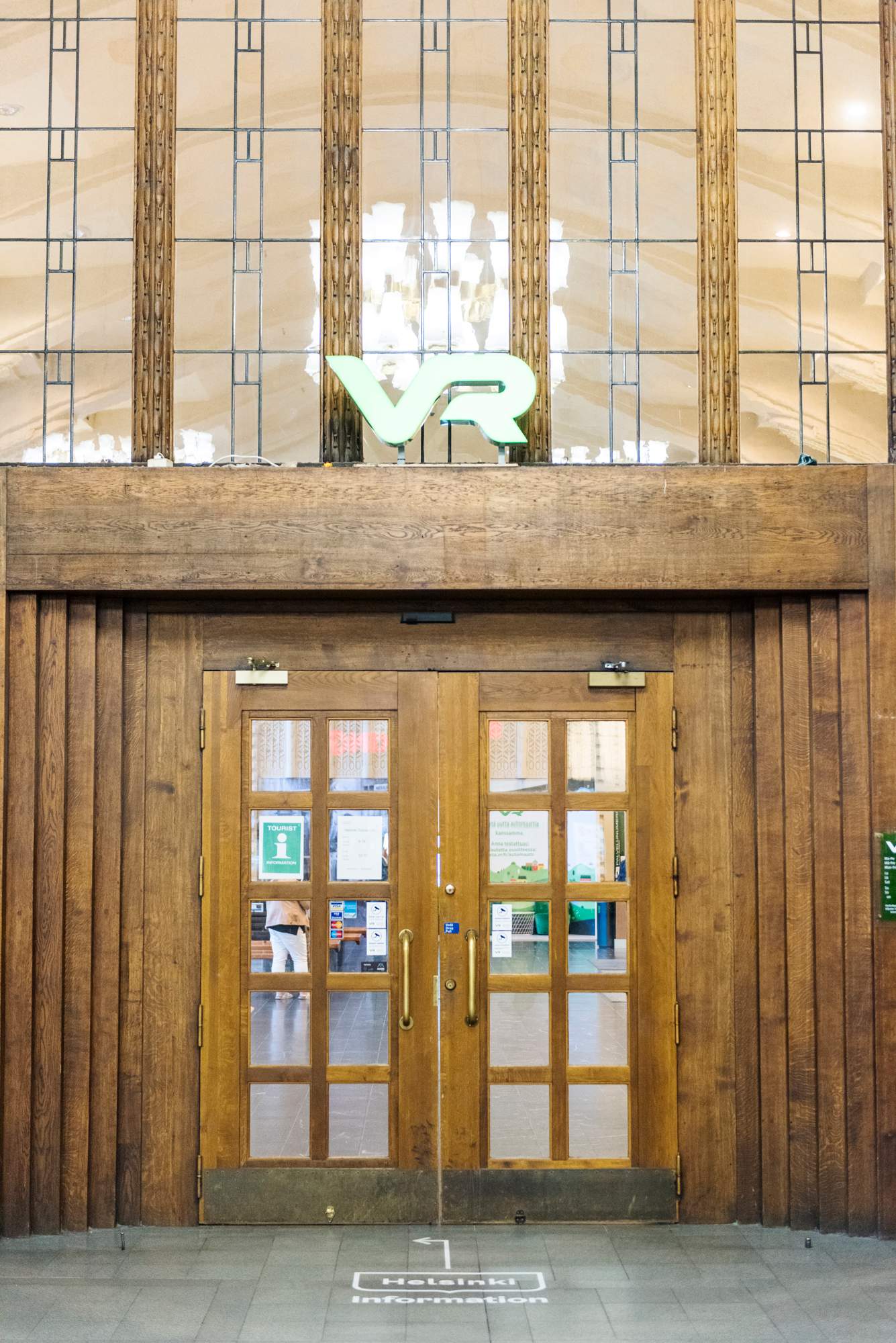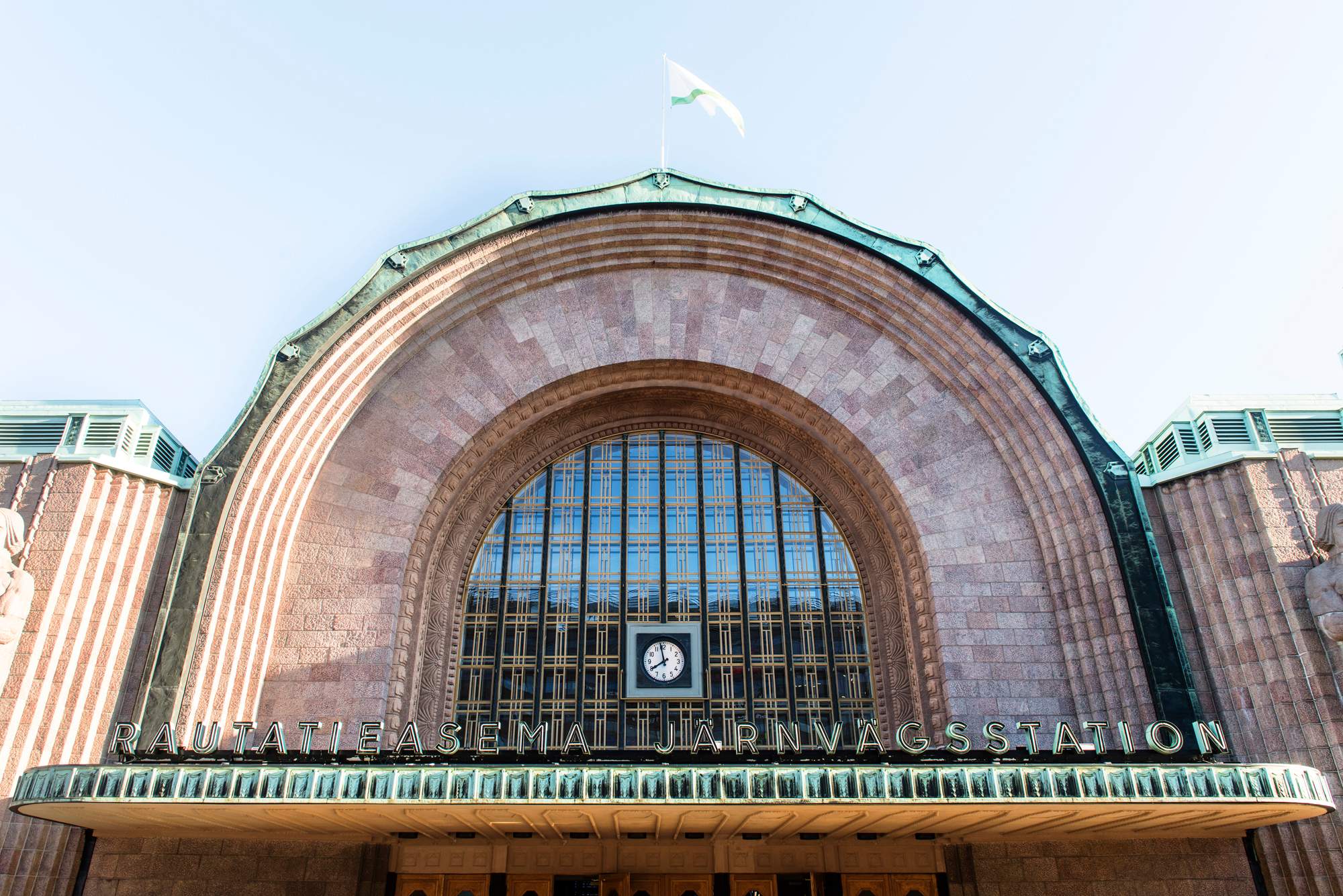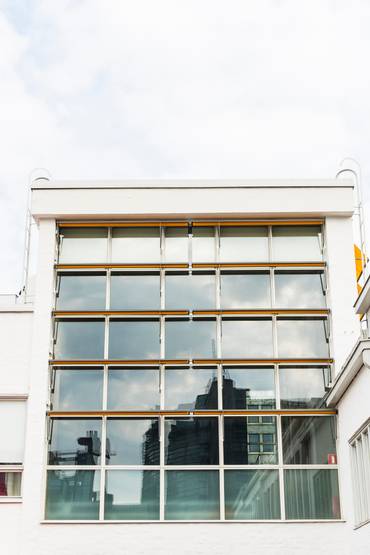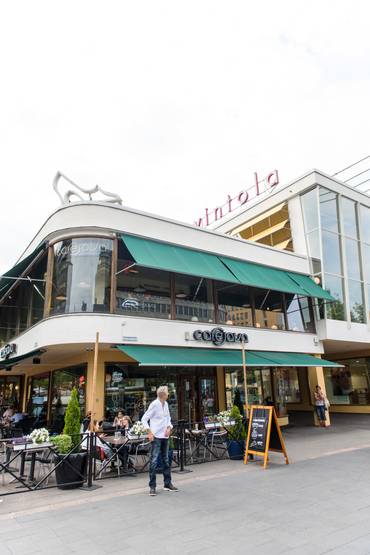Helsinki travel guide
Design and architecture
The layers of Helsinki’s design tell the story of this resourceful little capital – and, since the city is wonderfully compact, many of its gems are a stone’s throw from each other. Finnish architects continue to make their mark on the city and more recent masterpieces paint Helsinki as the capital of a confident, modern nation.


Helsinki Central Station, Kluuvi
Finland got its first railway line back in 1860 but the original station was soon too small to handle the increasing number of passengers. Today Helsinki Central Station is the country’s most frequented building, servicing 200,000 passengers a day. Eliel Saarinen won a competition to design the new station in 1904, with plans for a muscular structure that epitomised the urgency and futurism of modern transport. Unfortunately the eruption of the Finnish Civil War delayed the opening until 1919, by which time the architect had also drastically altered his design. The most striking aspects of the station include the clock tower and four huge granite statues that flank the entrance. One rarely seen feature of the building is a private waiting lounge reserved for the use of the president of Finland.
1 Kaivokatu, 00100

Lasipalatsi, Kamppi
Lasipalatsi (Glass Palace) is considered to be one of Finland’s foremost functionalist buildings. A retro, neon-clad structure worthy of a scene in Back to the Future, it features shops, restaurants and a cinema. It’s lucky that the landmark structure is still around: it was built for the 1940 Olympic Games and intended to be torn down in their wake. But the outbreak of the Second World War meant that Finland had to wait until 1952 to host the competition and the building remained. Lasipalatsi eventually fell into disrepair in the late 1980s and 1990s but was finally renovated and placed under state protection.
22-24 Mannerheimintie, 00100Temppeliaukio Church, Etu-Töölö
Helsinki has many impressive churches but none quite like this one, often referred to as “the rock church”. Finnish architects, and brothers, Timo and Tuomo Suomalainen won the competition to design Temppeliaukio in 1961 and took advantage of the location as much as they could, building the church into the existing granite rock. An impressive giant disc of copper wire (22km of it) acts as the ceiling while light streams in through 180 windows that connect the copper cover and the stone walls. The church has excellent acoustics thanks to its exposed rock surfaces, so it’s often used for concerts. Despite the building’s nickname, the music leans towards the classical.
3 Lutherinkatu, 00100+358 (0)9 2340 6320
temppeliaukionkirkko.fi
Images: Andrew Taylor

